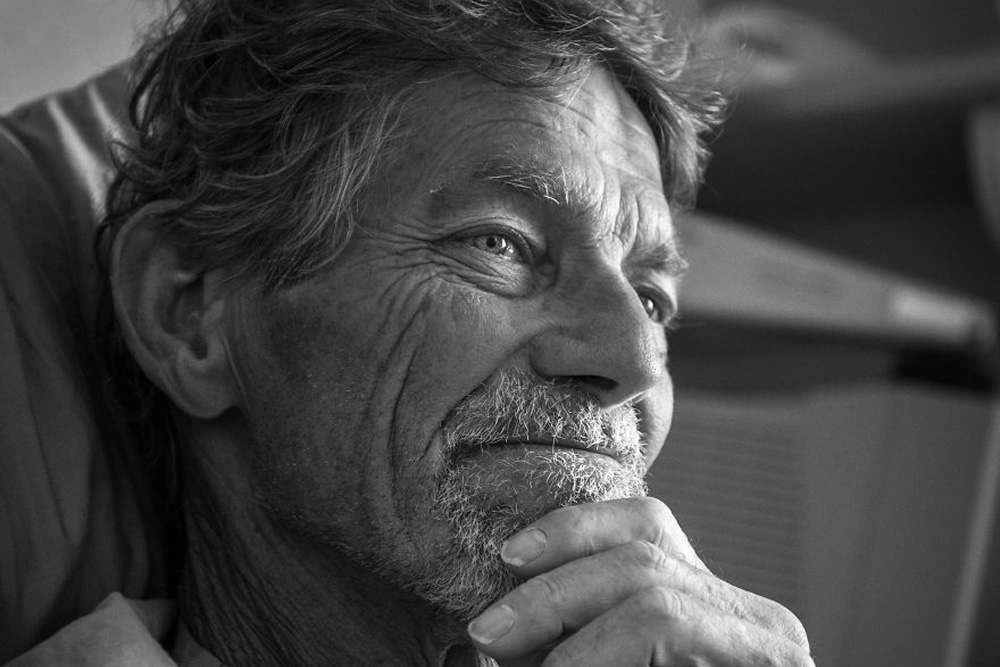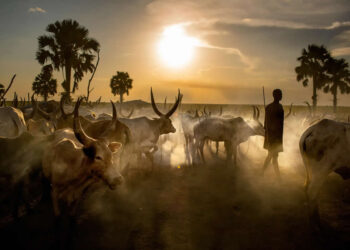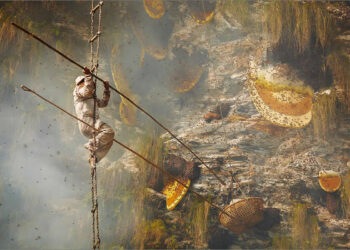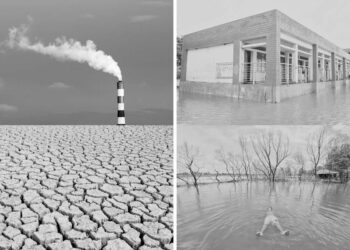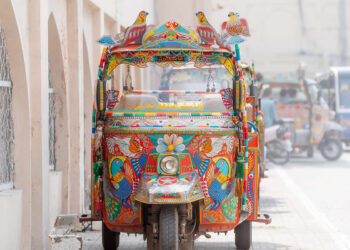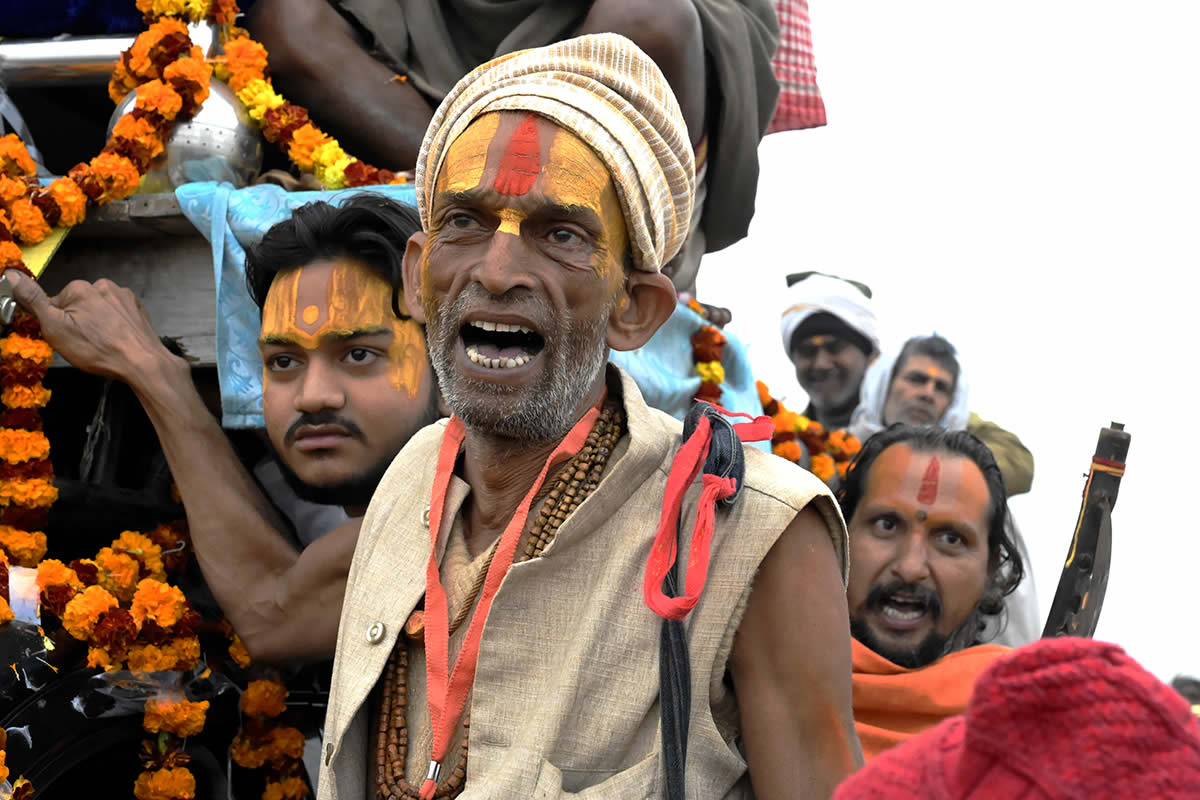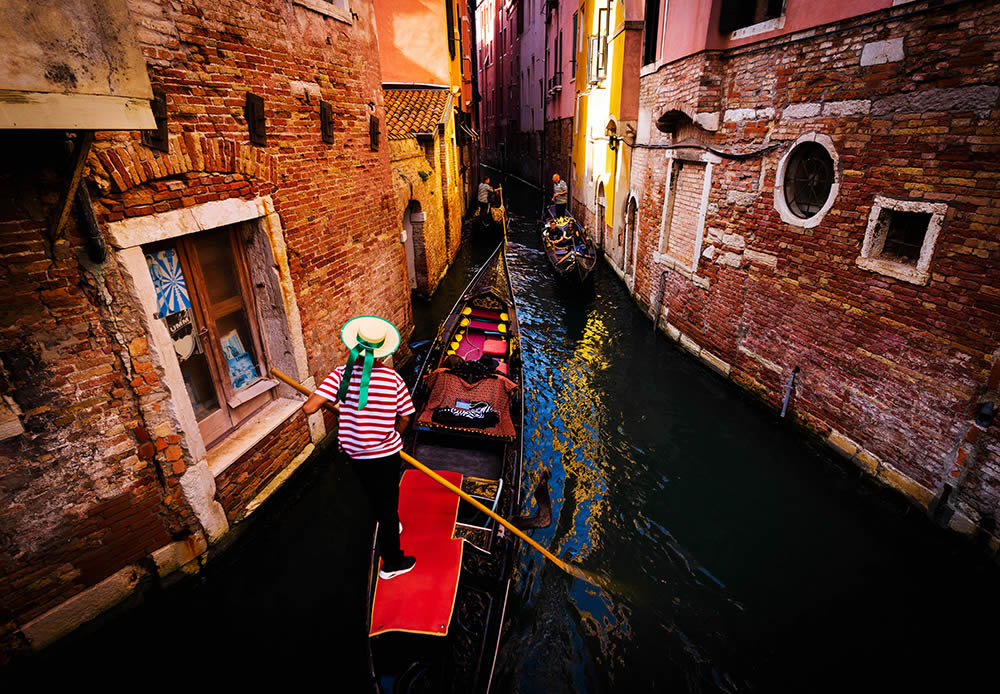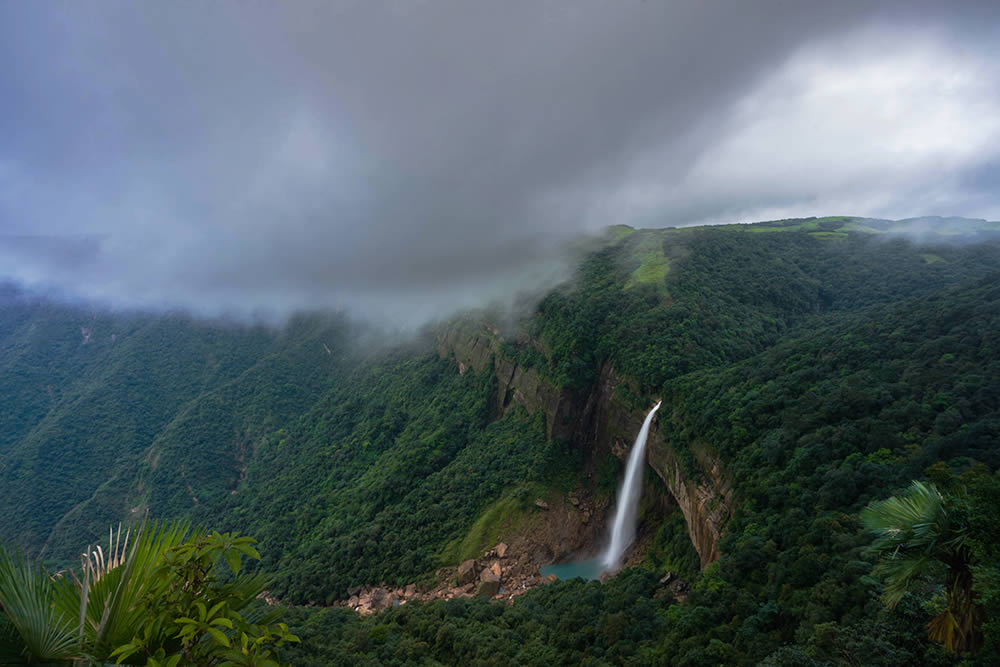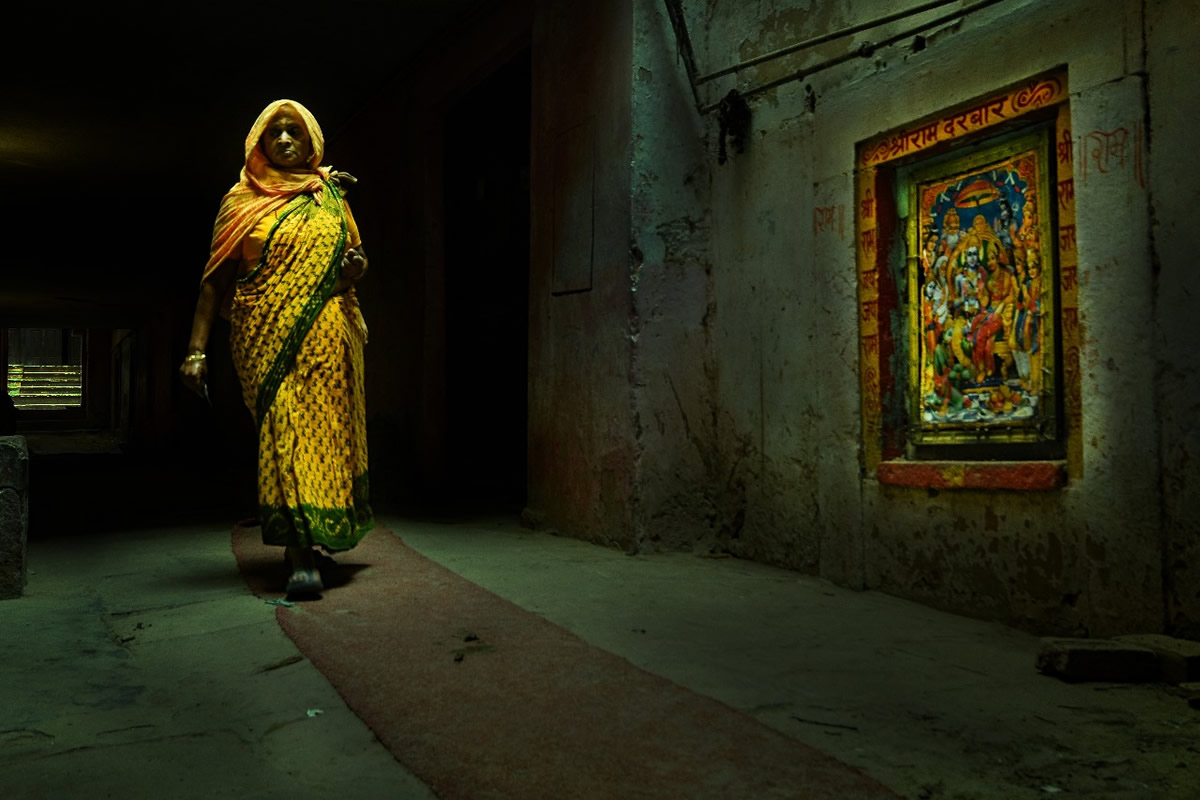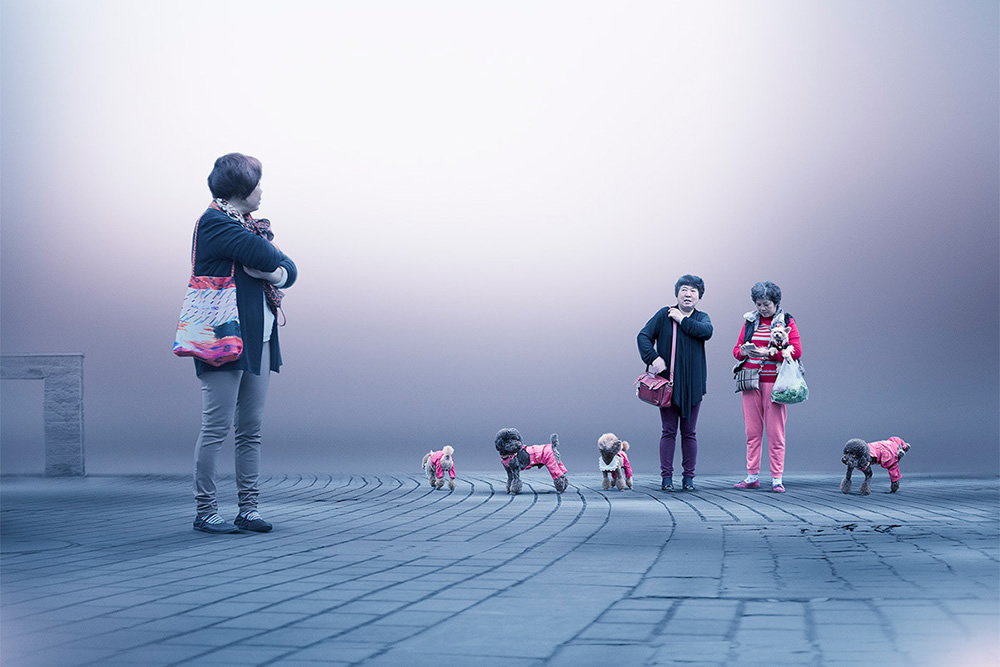In 2015, death took my dad rather quickly. When they found cancer, it had already taken up residence in his pancreas and spread to his liver. Diagnosis to death was under 2 months. At the time I was beginning work on a photo project around terminal illness and mortality.
The idea for this project germinated at a family reunion over the holidays. Aunts, uncles and cousins descended on Oceanside, California largely due to my Uncle’s failing health, but also to feed the connection that runs through our shared blood. Five years ago cancer allied with Parkinson’s and attacked my uncle. Presently, they steep and build strength, manifesting in different failures of and in his body while he endures counteractive therapeutic treatments. He openly welcomed us into his battle, and his stories of the siege seized us. We saw, we heard and we felt what it meant for him to have a difficult and terminal illness and how it reduced the complexities of life to rich and raw simplicities. These conversations moved me and embedded a desire to share that inspiration with others. Through pictures and words, I wanted to chronicle peoples’ personal experience with death and terminal illness, while volunteering at a hospice. My dad has always been a teacher and a mentor to me, and I looked to him for guidance in all walks of life. Valuing his input, we discussed the idea in depth. He birthed the title, “Meeting Mortality”, a double entendre with poignant impact.
Only a couple months later, while I had been failing to find a hospice to volunteer in, a subtle but intensifying pain entrenched itself in my dad’s back and abdomen and quickly became debilitating. Multiple visits with multiple specialists distilled my dad’s life to two words: cancer and metastasis. His sickness progressed at an alarming rate. From the onset of the very first subtle pain — to diagnosis — to death – was a mere matter of months. We watched him go from a life-loving, bike-riding, wine-drinking, book-writing, word-weaving, soul-enriching mensch, to ashes in a box on my mother’s mantle in some of the shortest, yet longest weeks of my life. We spent his final 19 days in the hospital with him, 10 hours a day. I began to chronicle this time through pictures. The irony was not lost on him or me. The man who named the project had suddenly and very unexpectedly became the subject.
You can find Josh Neufeld on the Web :
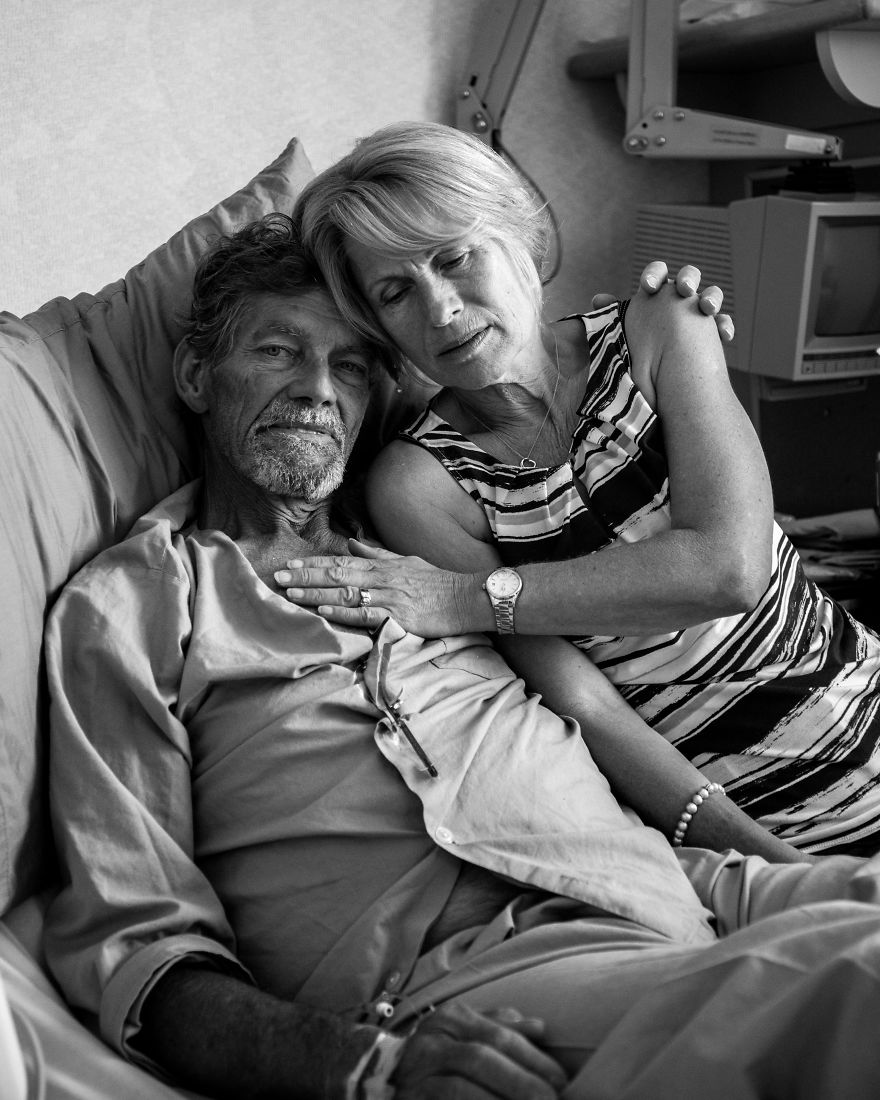
Death grips us all and gives absolute shared fate; as a universal truth; but Death also deals each of us our own unique experience of it. His cold fingers wrap so tightly around our hearts that we sink deeper than the deepest of oceans, knowing only cold and collapse. He drags our heart down from the chest and deep into the belly of our grief and sadness. A thousand memories past and a thousand memories yet to be named, expectations of what was supposed to be, burrow deep into the silence and darkness of, “If only…“.
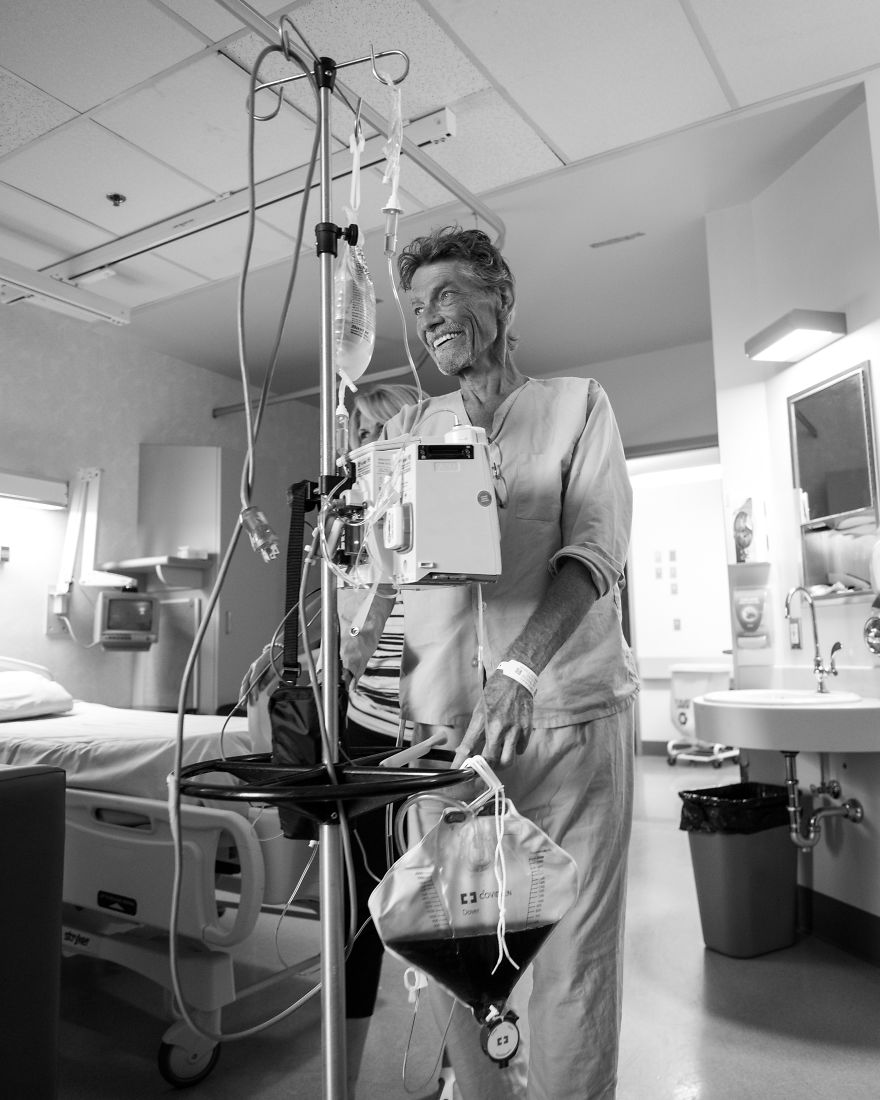
Whether your heart succumbs to His icy grip to beat nevermore, or whether He steals the heart of a loved one and leaves your heart to beat alone forevermore, it is inevitable; it’s a difficult, dark, sad and scary process. It’s a claustrophobic labyrinth with no escape, an ocean of emotion with no shore on the horizon. Yet it’s something shared by everyone. There’s beauty in the reality that all humanity shares the same mortality. And beauty in understanding that mortality. There’s a richness living in the acceptance that; life is, and life happens;– and never without Death. He brings a fate we all share. A fate we feel together.
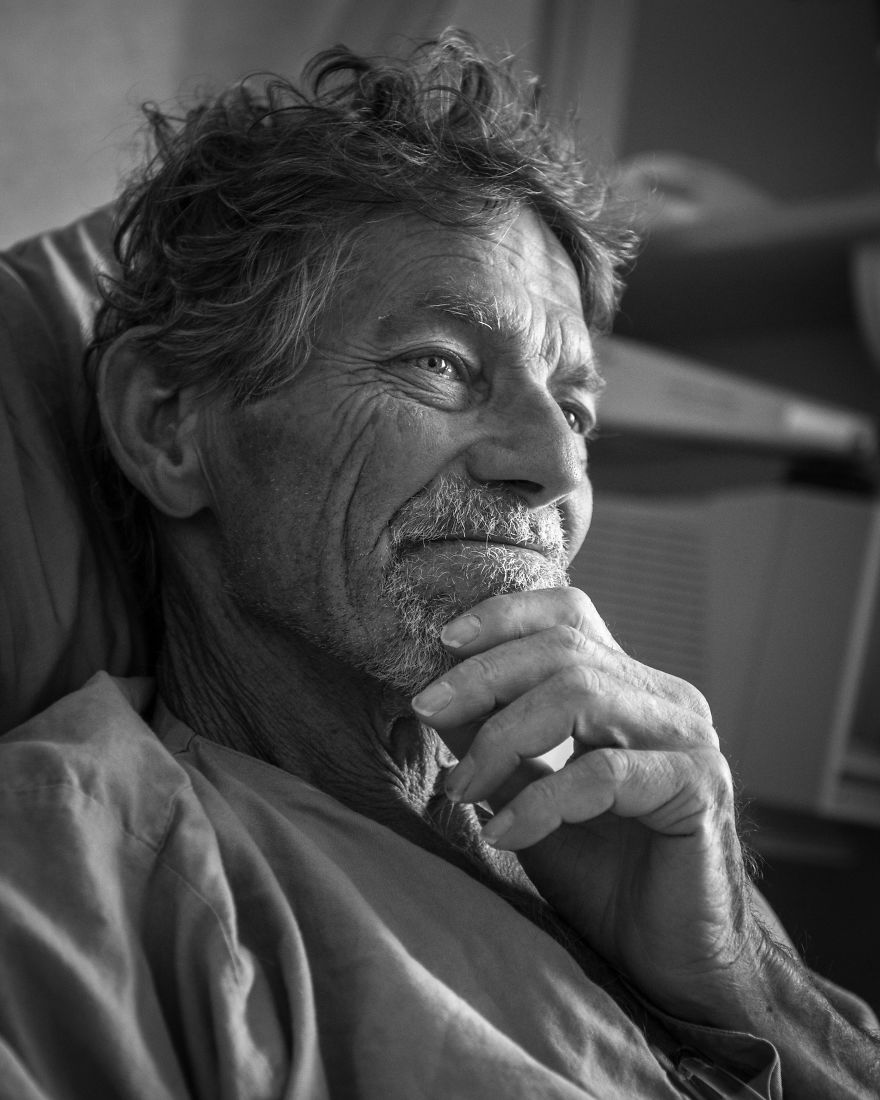
Death is, as my Dad used to say, “the great leveler”. Although brutal in His methods, He is a courier of commonality – an emissary sent to purge our wells of emotion, drawing from the depths so that it streams down our face and puddles at our feet. We can choose to pretend we’re not standing in a puddle, that our feet are bone dry, warm and comfortable. We can ignore Death and pretend that our bodies will not become inanimate vessels, capable of only holding the past. And we can choose to believe that Death is a malevolent reaper, hell-bent on cutting down the seeds we have sown and grown to love for so long.

Or we can stomp, kick and dance in that divine puddle, raising each droplet off the ground and onto our skin, feeling its moist richness move across our body, grateful for its touch. We can choose to understand that in Death’s benevolence, and through His painful practice, we reap a space of growth, of nurturing, of authentic and palpable connection, difficult though it may be.
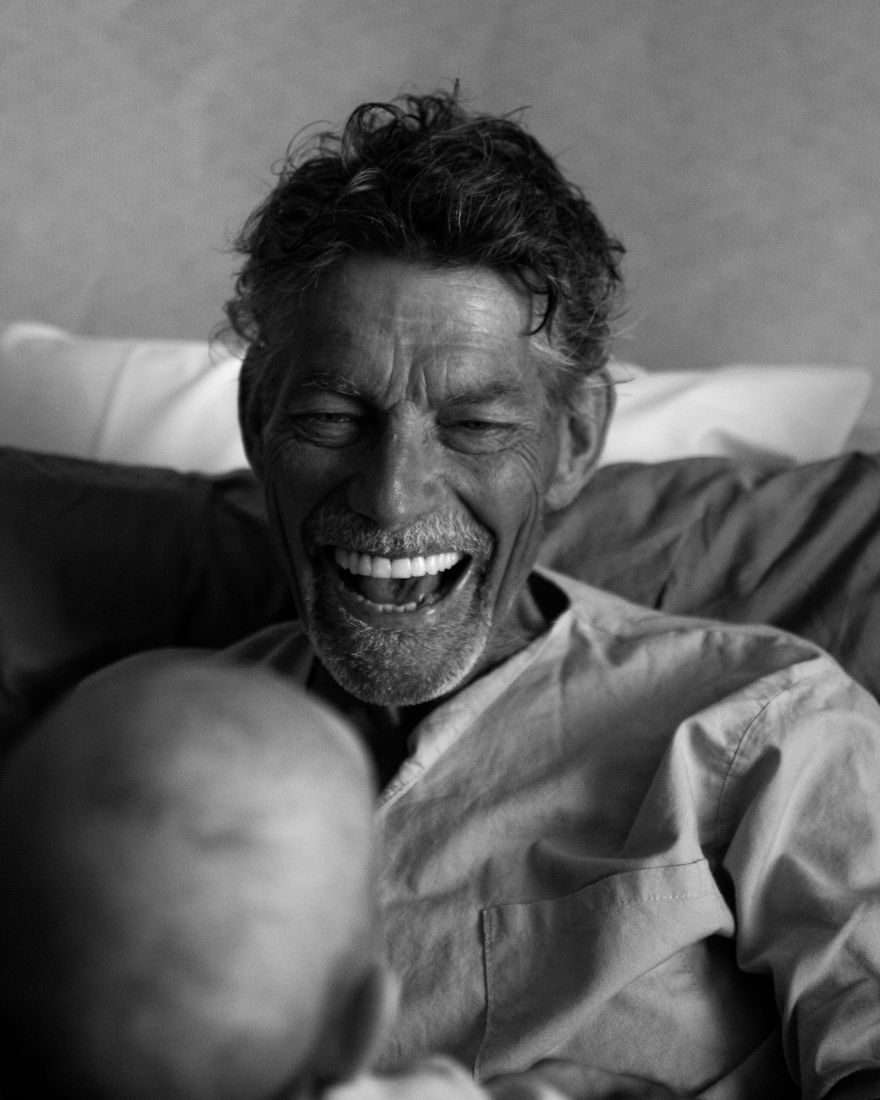
My Dad danced his abrupt descent into death. Yes, his eyes revealed a sadness that stretched deep into his bones and he talked about the long, cold, lonely and painful nights. But he never mired in a state of sadness, anger or unfairness. His reality simply was. Life simply is. His strength of character and wisdom cultivated an attitude towards death that actually comforted.

Rather than dwell on the harsh reality that the quick-growing tumors were uprooting and overgrowing his life’s path, he chose to revel in the realm of the earthly senses, in what life he had left, while his spirit beamed in the eternal senses of love and gratitude. The flake of a danish, the flame of sunrise through a hospital window, the subtle glint in the eye of a friend or family member, the touch of a hand – new ways to define sustenance and substance.
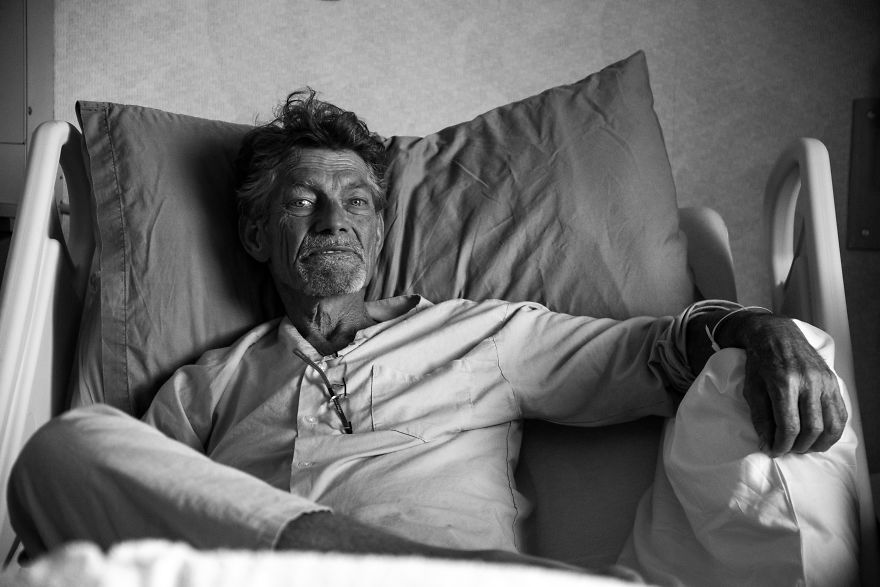
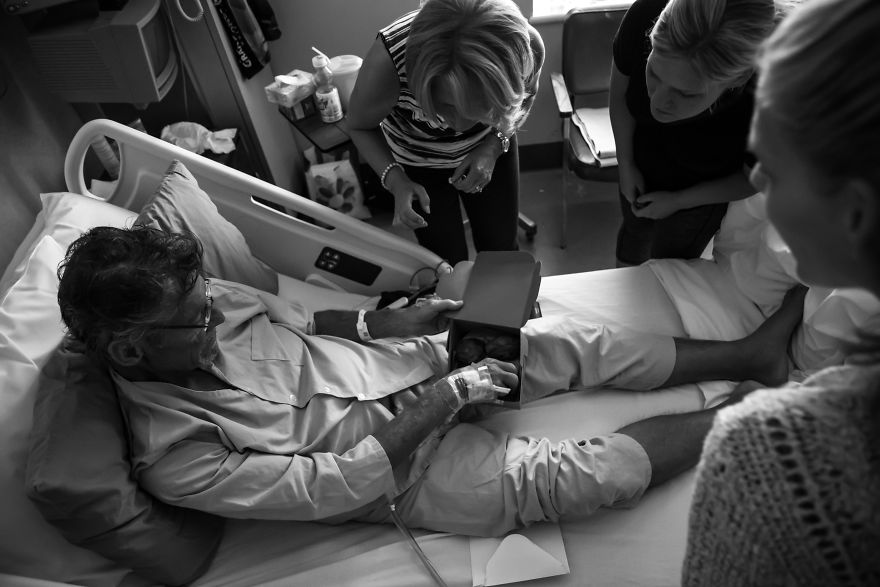
As his body changed and strength wavered and atrophied, so atrophied his resolute desire to live one step removed from the dying process. He’d lived with fierce independence and never wanted to be on the receiving end of a nurse’s care. Yet when his reality shifted, and day to day life became more and more difficult, he began to understand the development of Death: inglorious, incapable, ugly, undignified, unnecessary, smelly, painful and isolating. When my dad spoke of the help and care he received, he boldly confessed: “at first I resented it, then I accepted it, then I needed it, then I wanted it.”
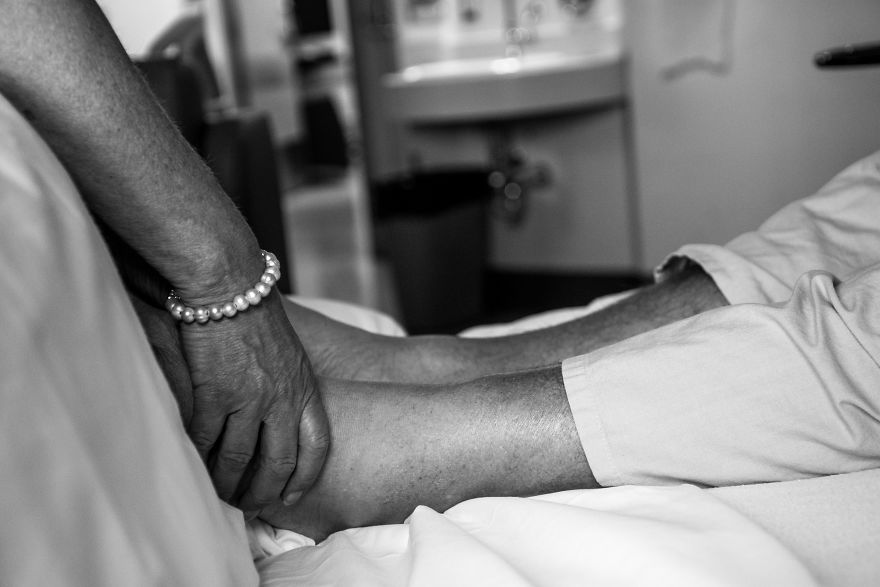
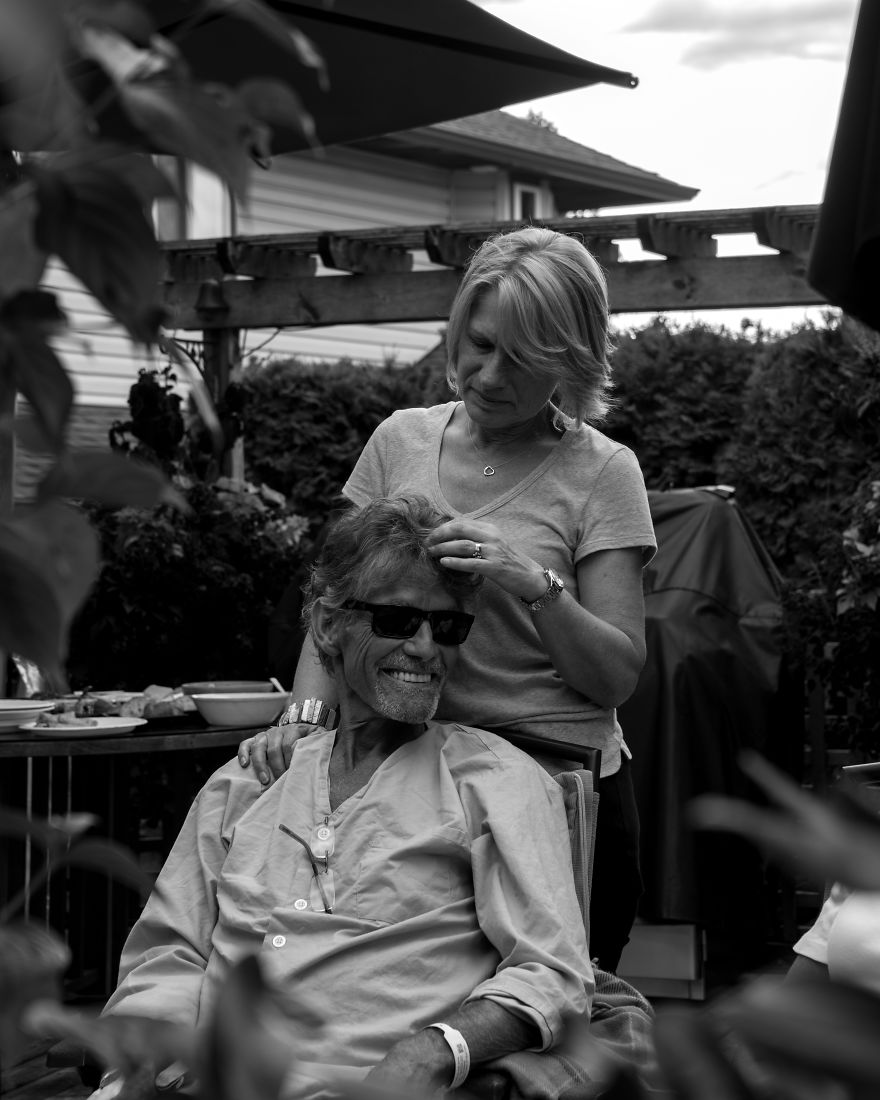
He met his caregivers with gratitude, a smile and a hearty and heartfelt welcome, despite his condition. He was as gracious, grateful, soulful, intellectual, loving, honoring, respectful and compassionate in dying, as he was before his body was overrun with pancreatic cancer. He lived the last weeks of his life with a rueful understanding that Death must, and a graceful acceptance that life is.
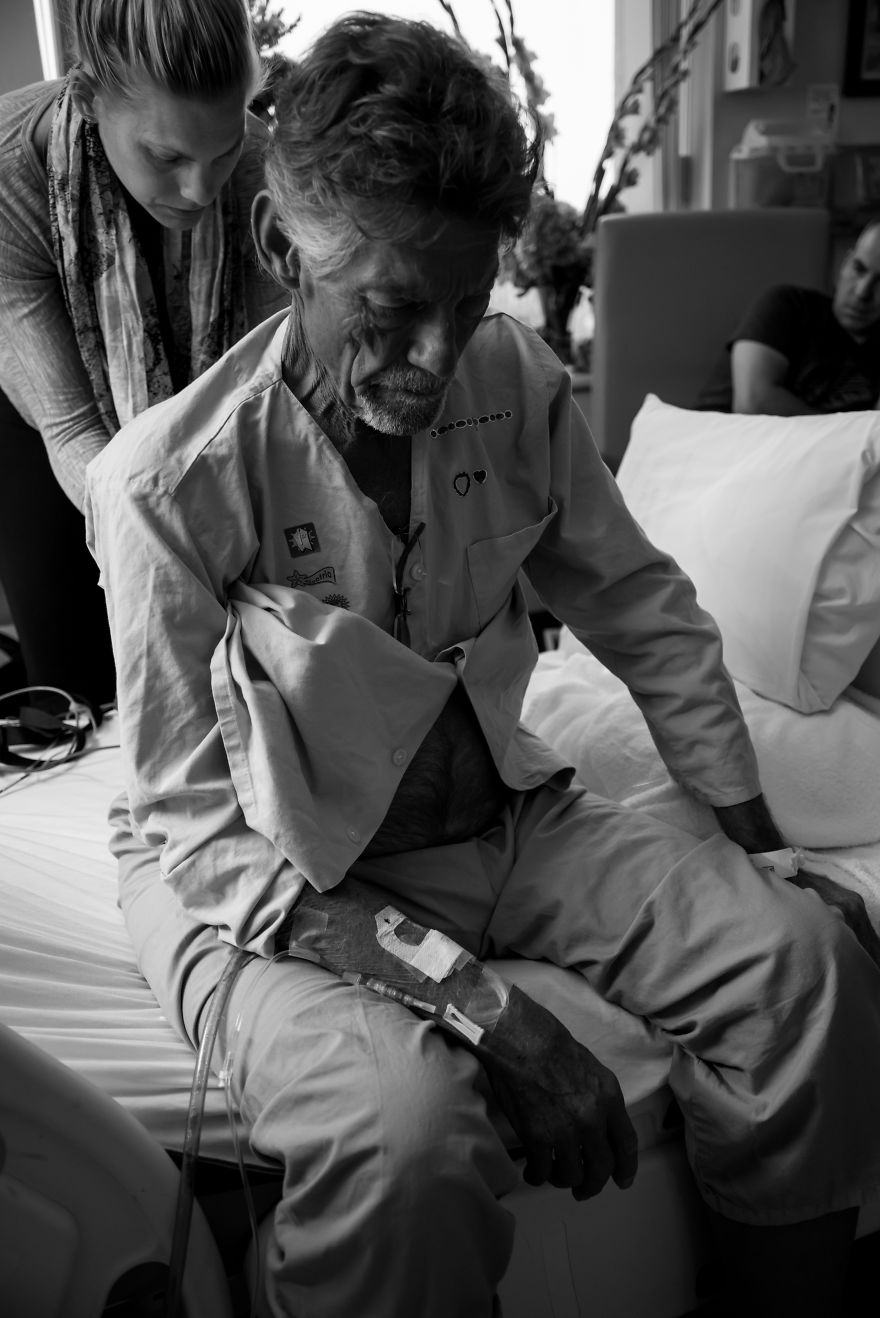
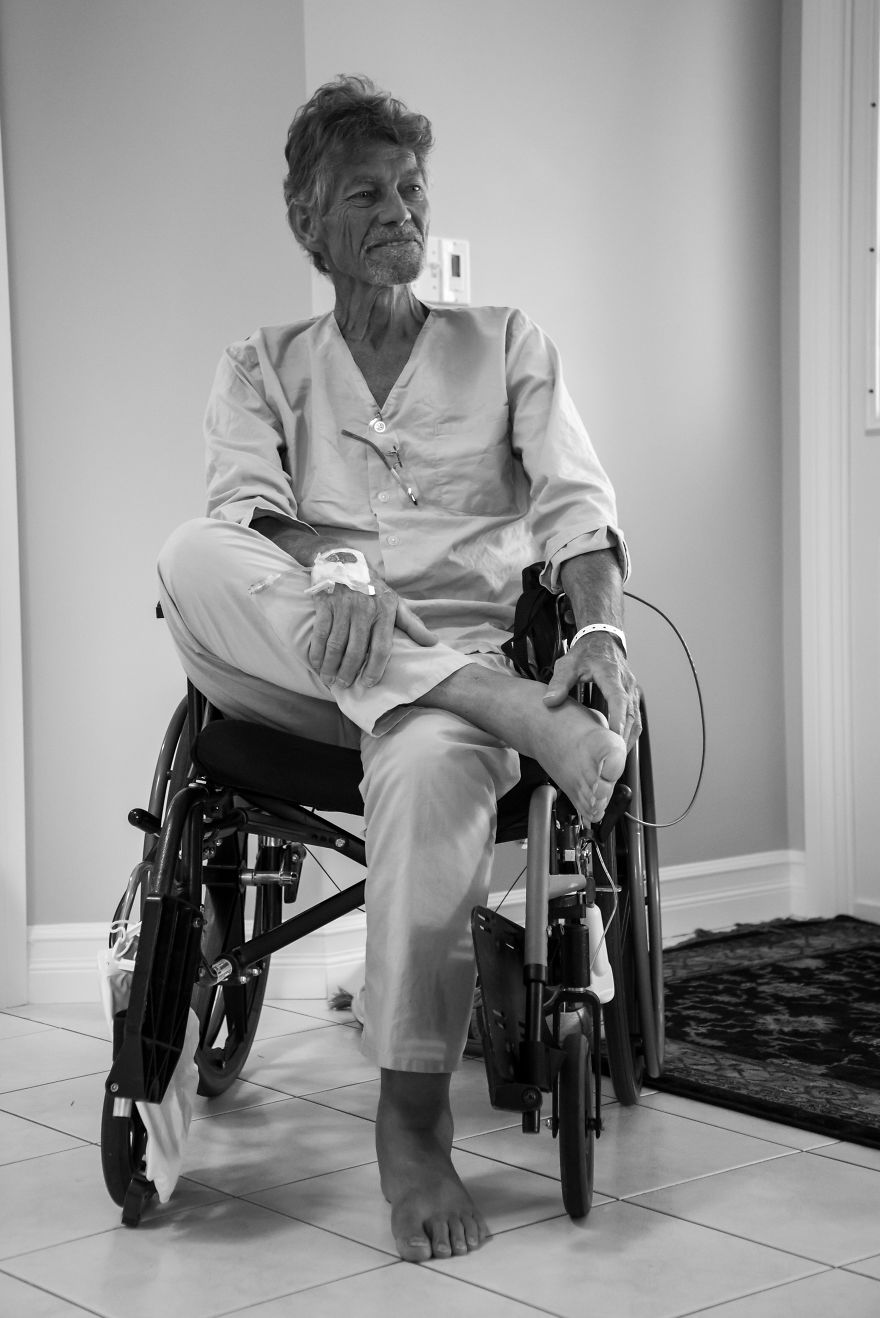
Death must, life is. Sounds too simple right? Platitudes. Please hear me! I don’t want to undermine, dismiss or diminish the grief, the sorrow, the anger, the frustration, the loss, and the “pissed-off” lying in Death’s wake. He’s a heart-stealing, soul-sucking asshole, worthy of every word said and every song sung about Him. There are no feelings like the feelings that follow Death in His work. There are no words that dull or dim the force with which we feel His wrath. But He walks hand-in-hand with Life. The two are inseparable and inextricable. Celestial lovers bound in the flow of a river of eternal answers, together, waiting to resolve our first and final questions. Existing in a river that both forms and erodes mountains of grief and joy within the landscapes of our lives.
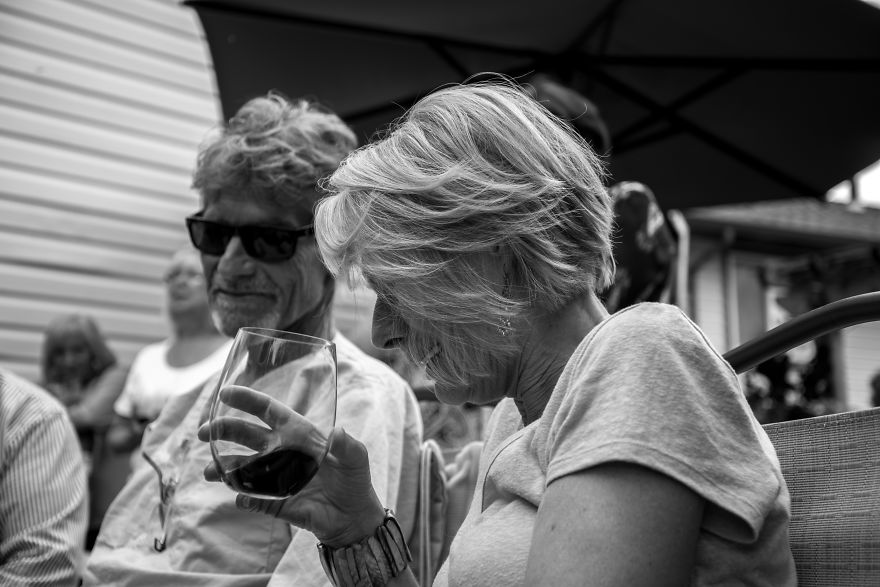
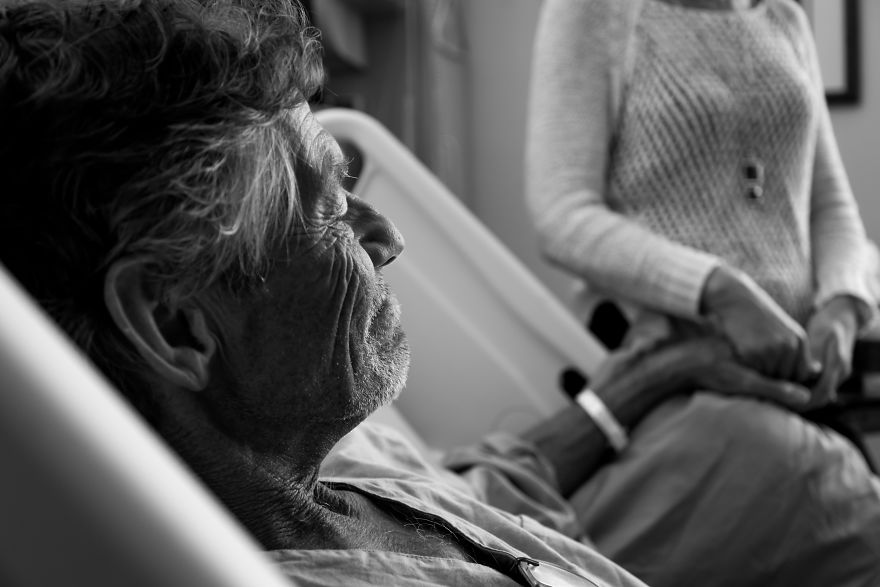
Human capacity for joy and happiness can only be as great as our capacity for grief and sorrow. They are held in the same vessel of our soul, expanding with pangs of grief and sorrow, creating a greater capacity for joy and happiness, a vessel that is filled by that same sacred river. They are emotions we feel to remind us that Death must. And life is. My dad’s graceful acceptance of his mortality taught me this. My sister whispered softly during one of those many hours, “Dad is teaching us how to die.” It’s a lesson I will always be grateful for.
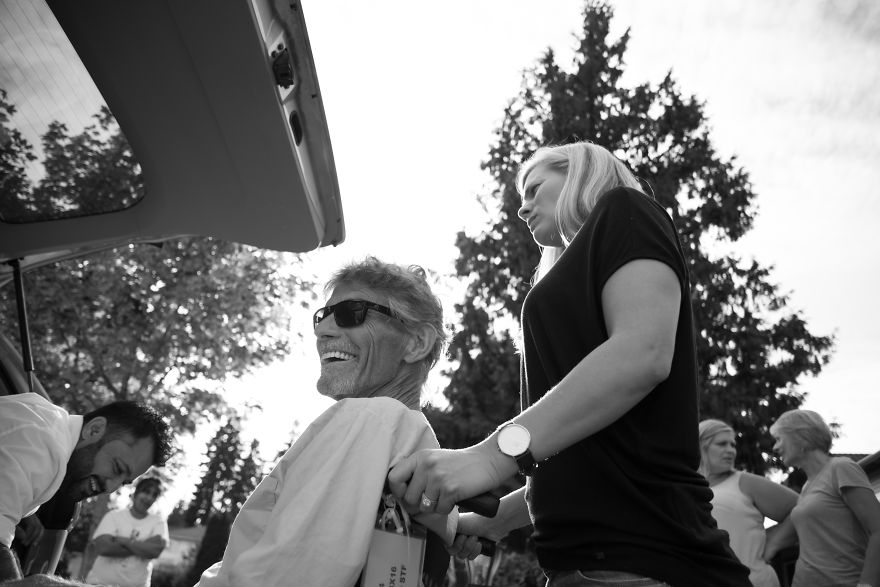
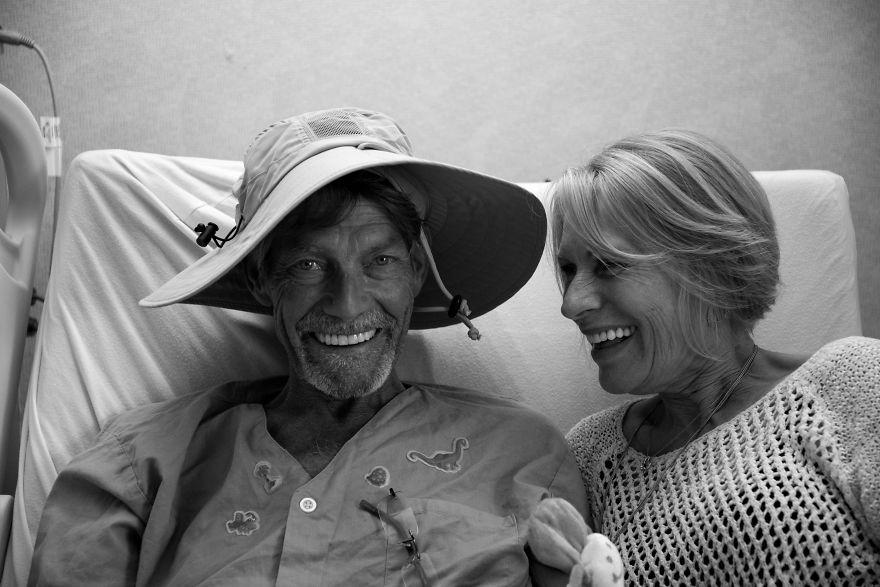
Originally, my plan had been to share stories and wisdom from people in the process of meeting their mortality. I knew through conversations with them, the stories would write themselves and the underlying themes would present themselves. Everything changed when my dad became the subject. It’s been difficult divorcing myself from the emotion produced from the photos. Then again, why would I? I refuse. I choose instead to dance in that divine puddle, and let the sadness, the sorrow, the grief, the joy and the gratitude wash over me.
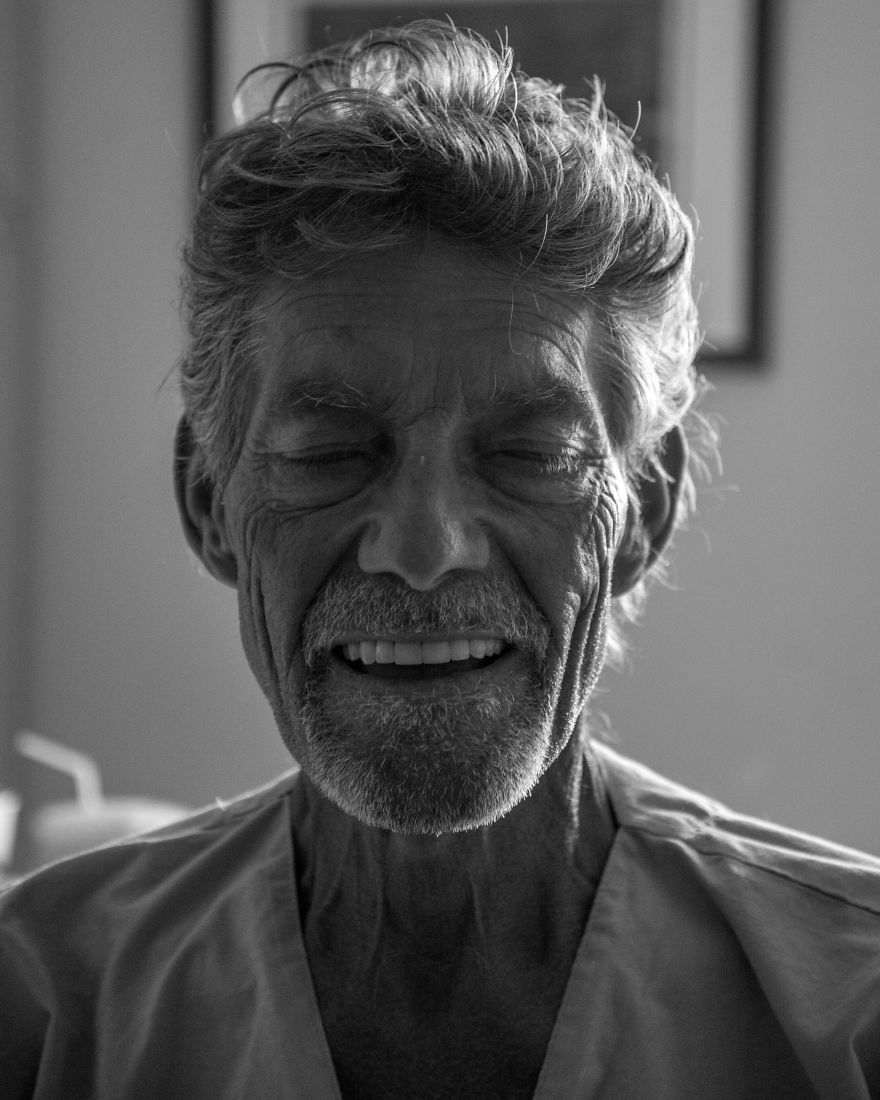
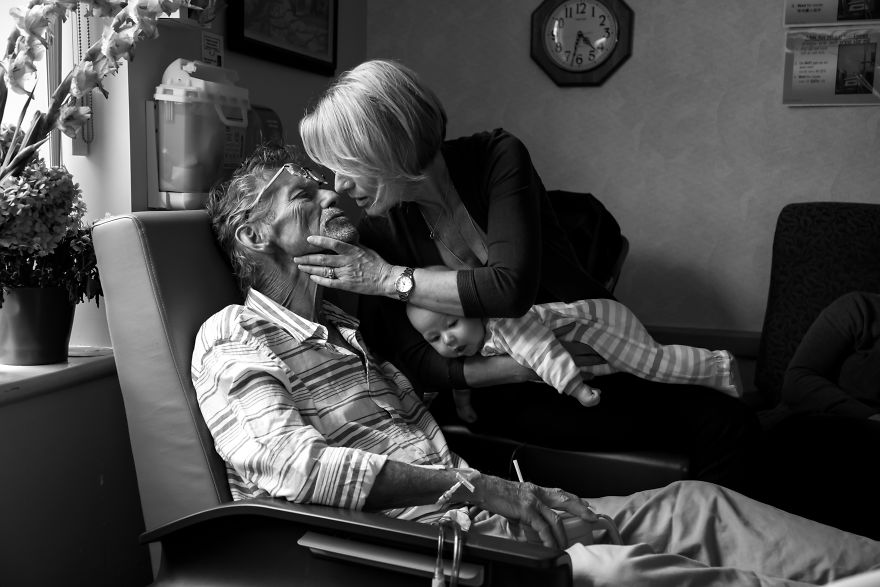
At the same time however, I’ve really wrestled with the prospect of putting the photos out there, outside the safe haven they’ve found hidden in my laptop. My dad is gone now, and his vulnerability, as well as the vulnerability of myself and my family, now rests in my hands. The intimacy of his final moments, captured in time, is a weight heavily felt. He let us in, let us feel the process with him, let us witness Death’s control over his body. He waited until we were all right there beside him when he let Death quietly whisk the last breath from his lungs.
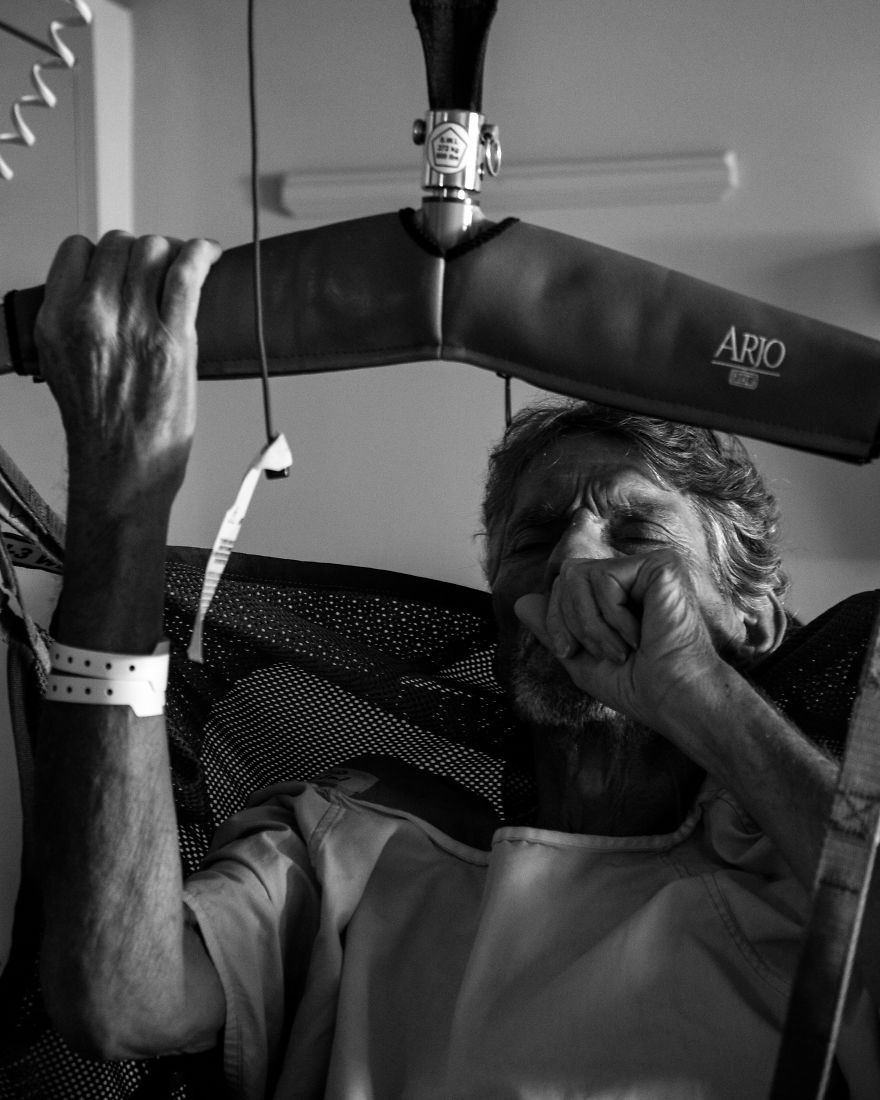
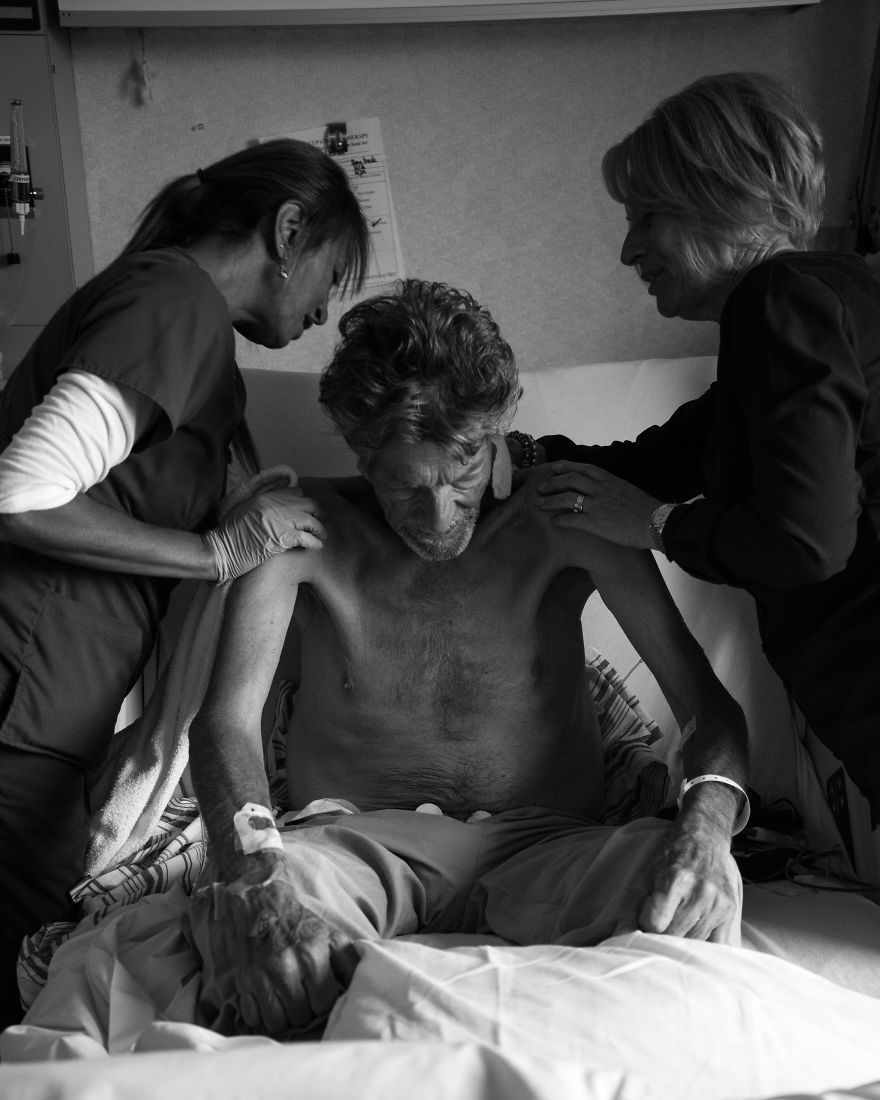
I routinely checked on my dad’s comfort with the camera and, understanding the purpose of the photos and the project, he would happily oblige. Yet, I still feel hesitant. For those that knew him, these photos may shift or alter some of their final memories. For those that didn’t know him, his boisterous, gregarious, lover-of-life personality may become too simply distilled to death, to mortality, to bones and shadow. And I still can’t shake the questions: How do I want my dad remembered? How should my dad be remembered? Or probably most importantly, how would my dad have wanted to be remembered? Do these photos honor him, or are they too raw, too intimate, too personal? I just don’t know, he never did see them. The truth is, it never really concerned him. He took all of his new realities in stride, with grace and humility, and openly welcomed his friends and family into his death narrative.
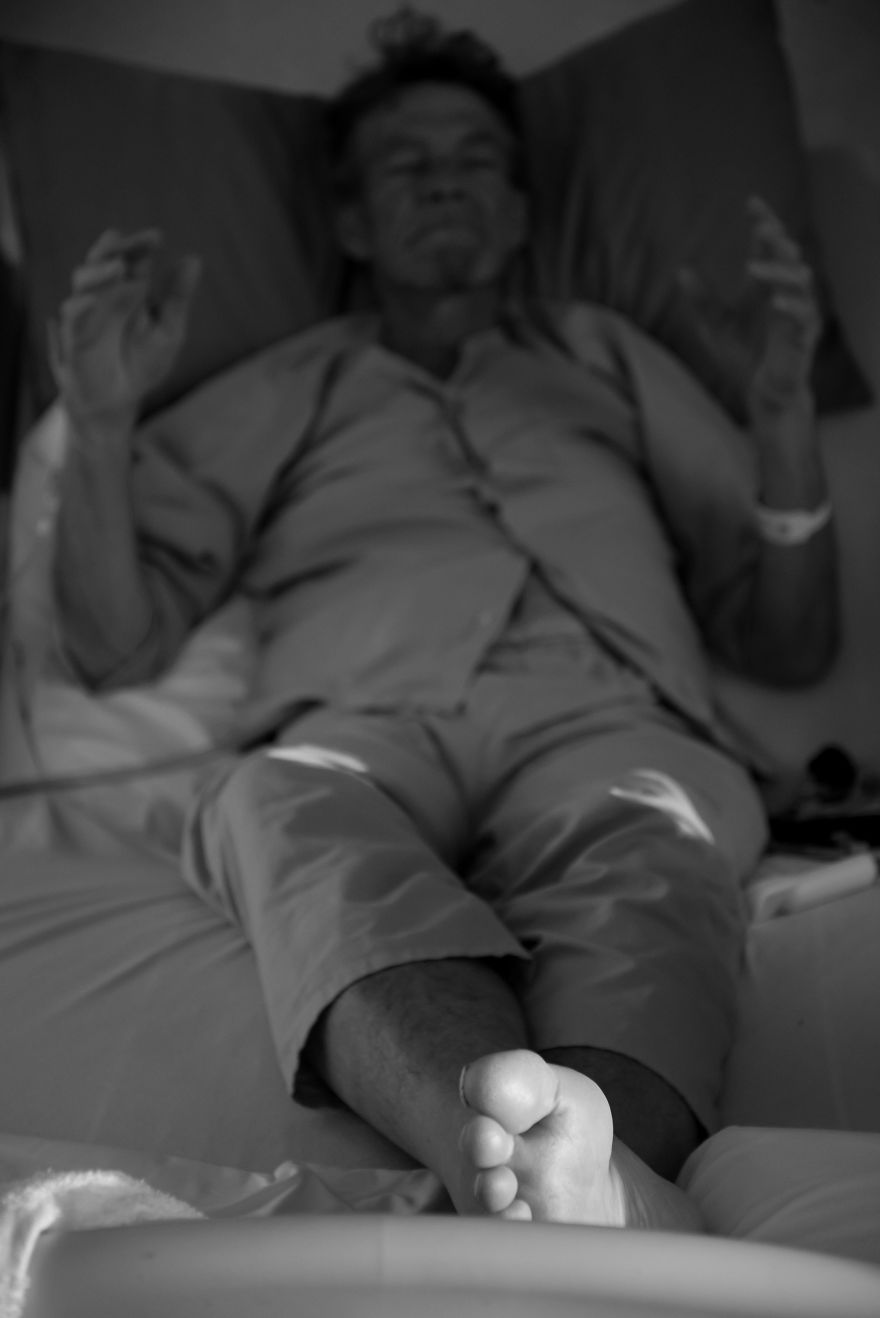
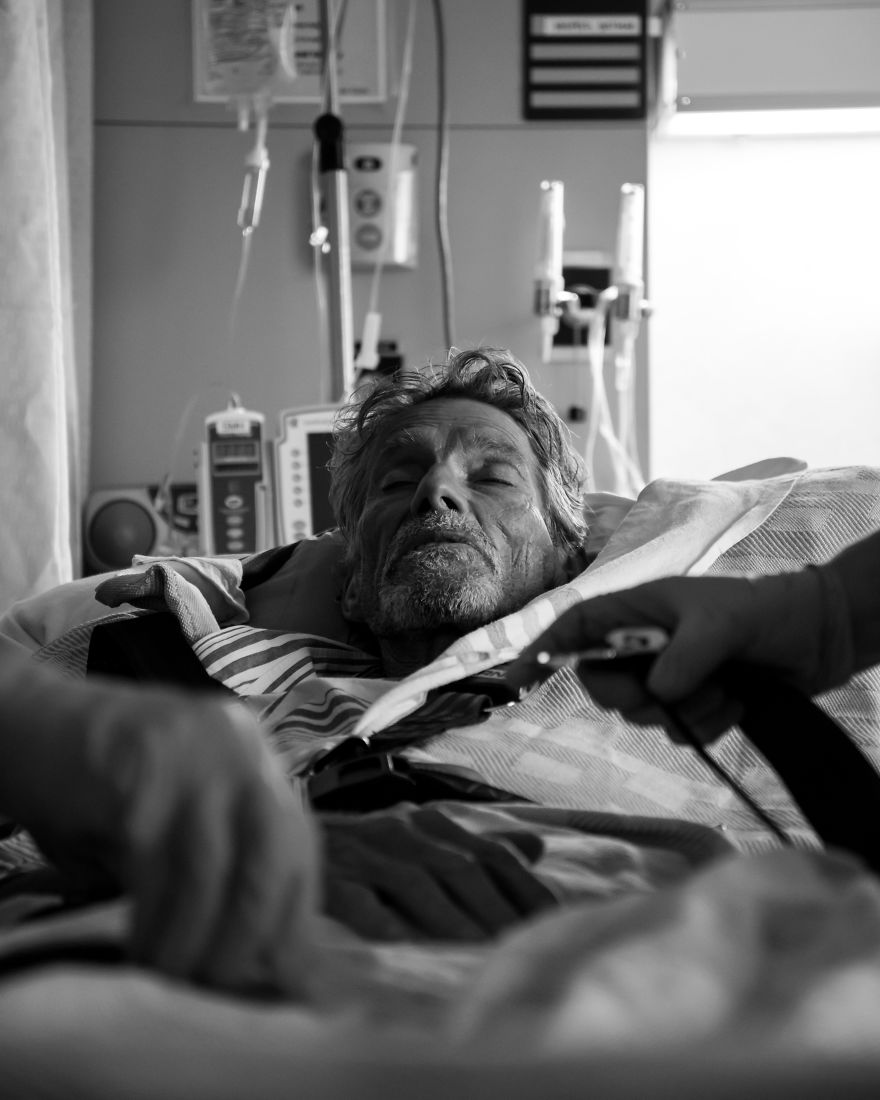
We all lose loved ones. Yet, so often our voices can be stymied and stifled – our breath held captive by the chokehold of grief. Though we share a familiar pang, a social silence and taboo towards talking about death create solitude and loneliness in universal human experience, an experience that only exists because of our connection to one another. But we ignore it. Grief, the trickster, along with Death, leads us to believe that our hearts are isolated in sorrow, insulated from Life. Yet, in the midst of all of it, our grief-driven loneliness tempts us to reach, to claw, to clutch, and hope for someone who understands, someone who cares. Truth is – not one of us does, but we all do.

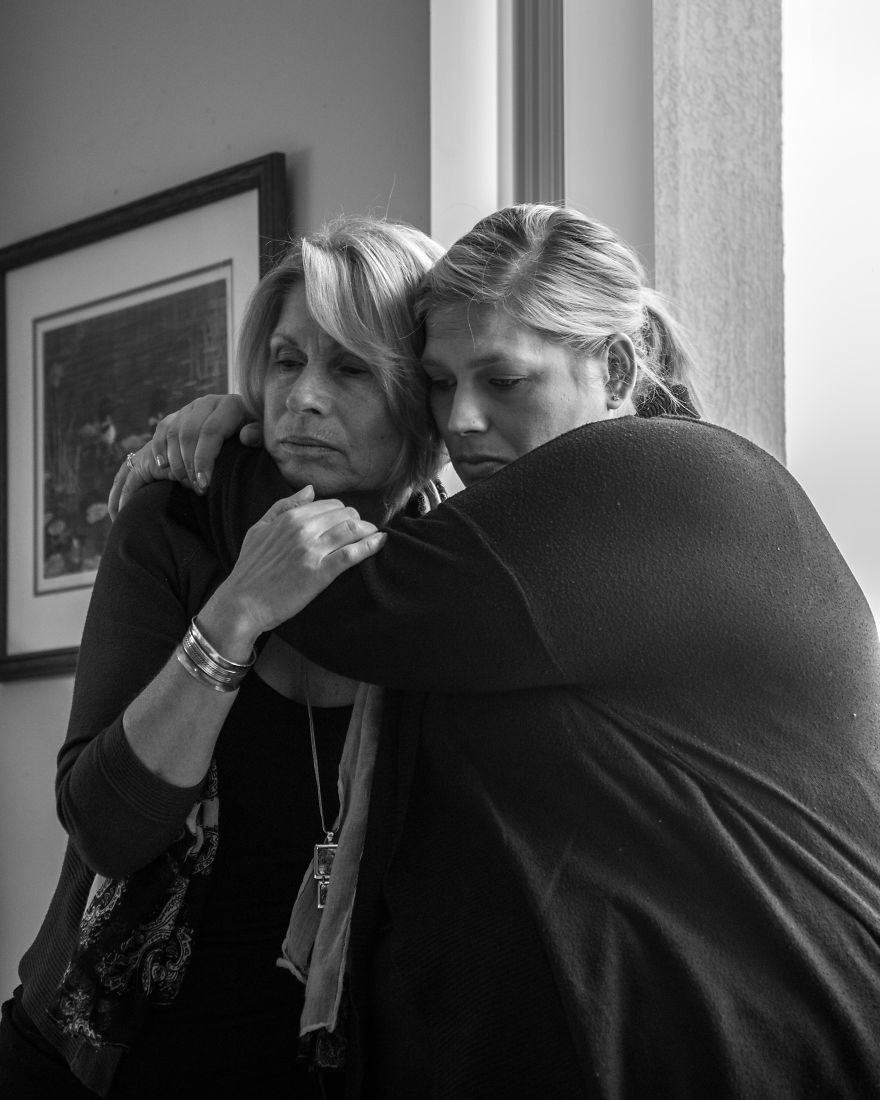
So I invite you into this story — my Dad’s story. I refuse to sit silently with Death while so many others share similar grief. I choose to sit and soak in the sore opened by Death, and I refuse to ignore the richness embedded within the raw. And yes, I choose to sit with Death and acknowledge his presence but I refuse to give him the power to be undone.
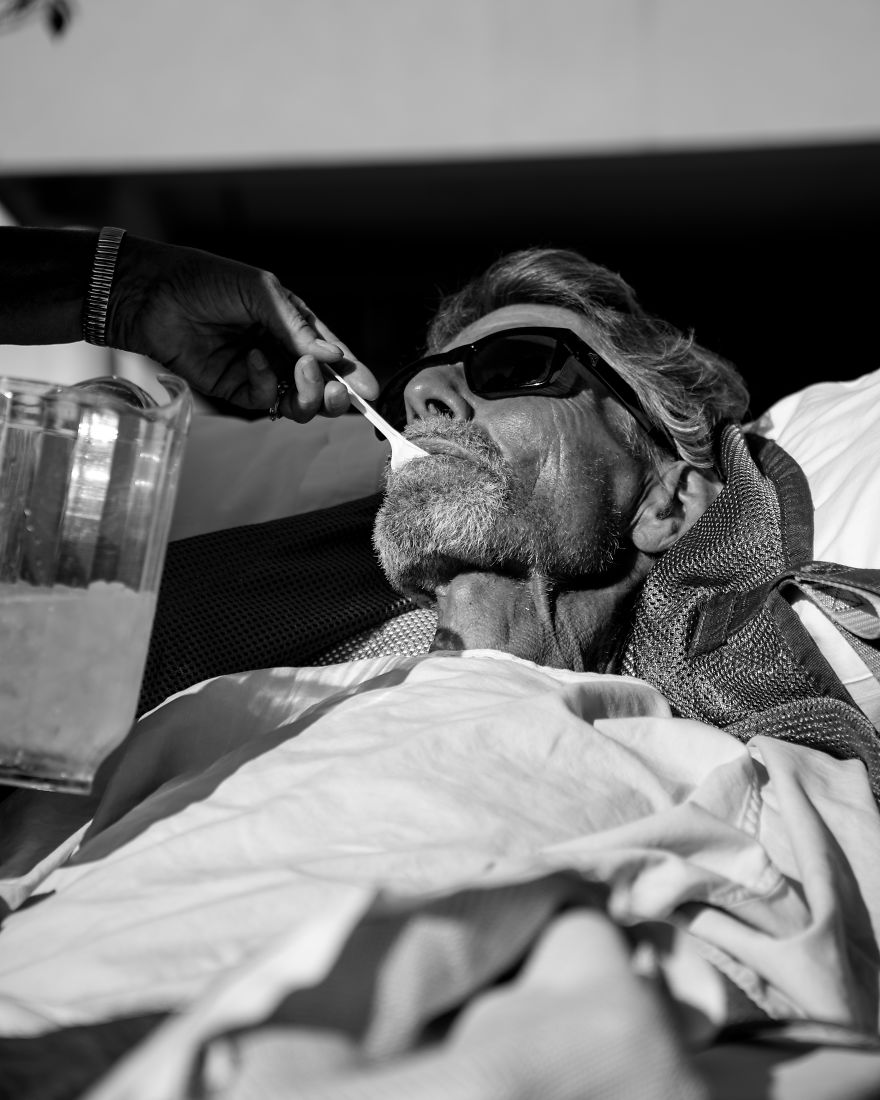
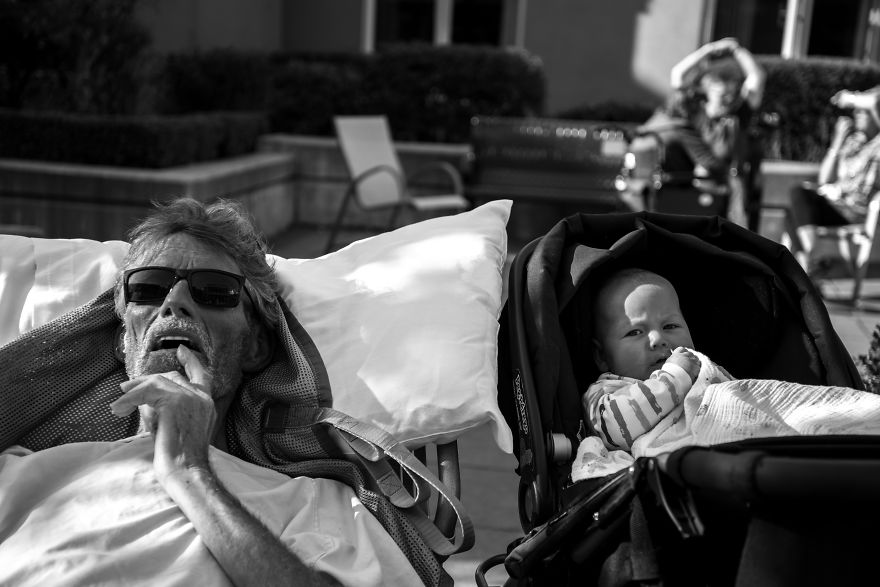
I feel a soulful sadness deep in my core at the thought of living the rest of my life without my father, and for my sisters and mother to have to do the same. Yet, I choose to flow with that ethereal river and let its current pull me into eddies of joy, happiness, pain, sorrow, connection and communion. I share this with you hoping to provide some comfort while you walk with Death on your own path of grief and sorrow, understanding that you must walk it individually, but not alone.
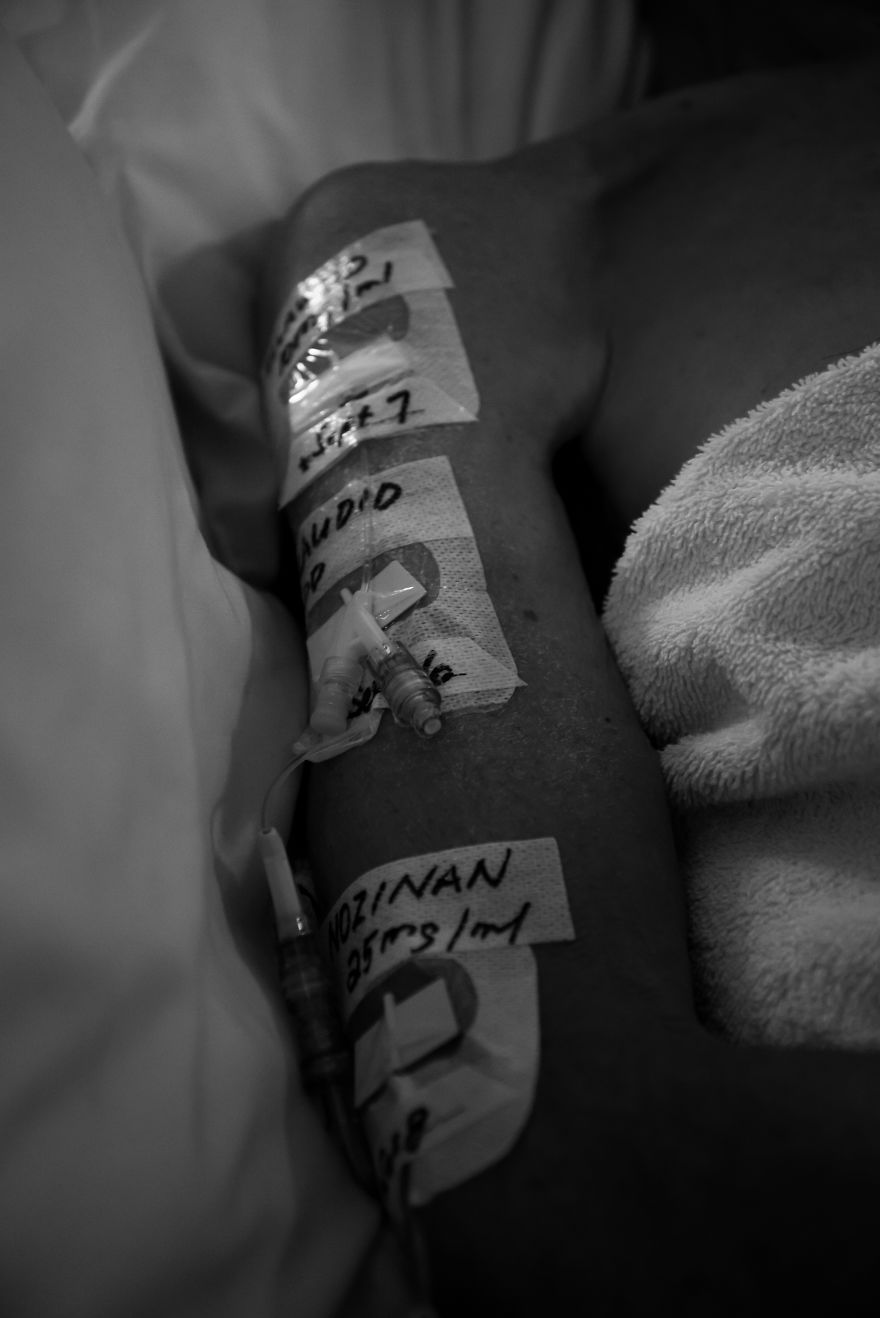

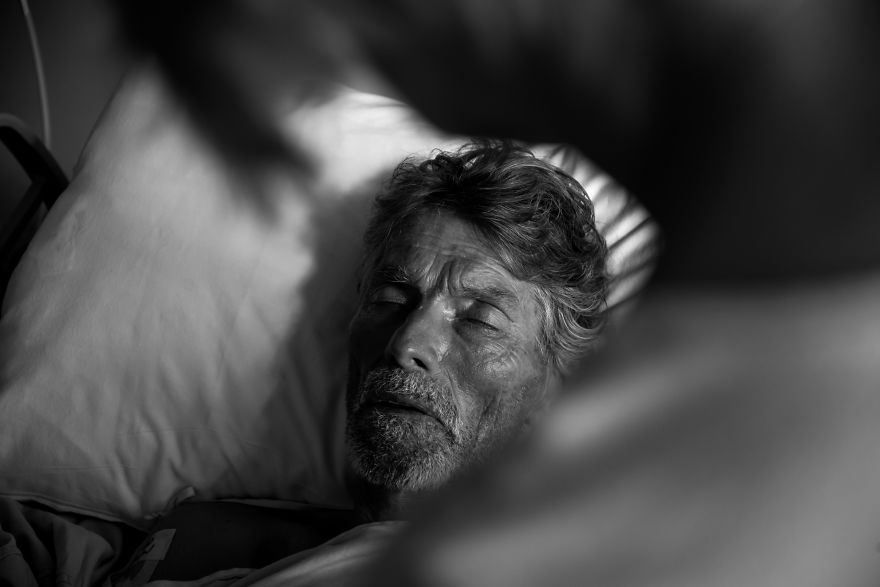
I hope that you can find comfort in the inevitability and ubiquity of Death. Your heart hurts, but find comfort in the thought that so many hearts beat alongside yours, walking that same path. Know that Life walks right along with you on a true path toward a deeper understanding of joy and happiness.
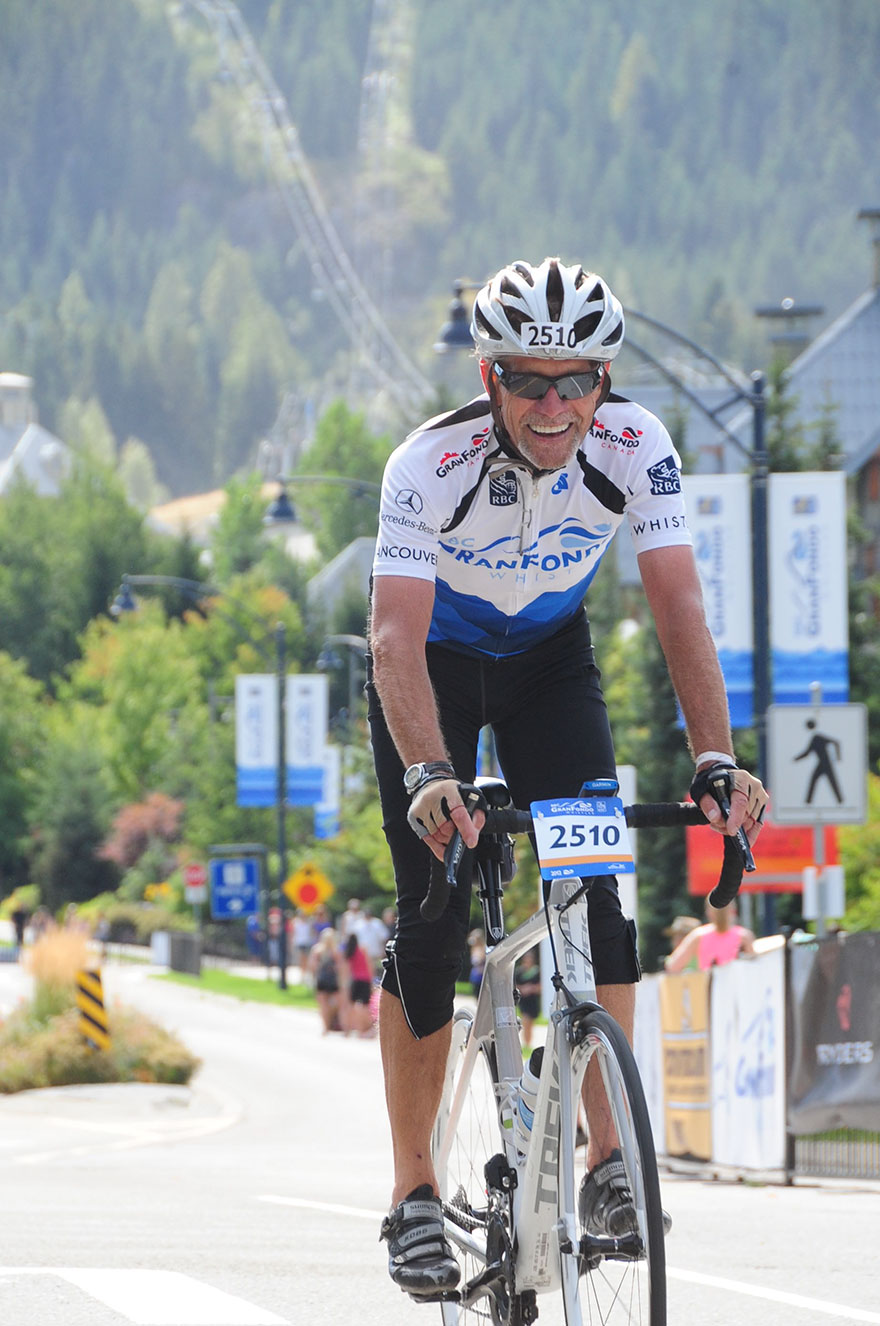
You can find Josh Neufeld on the Web :
Photo Credits: Photographs by Josh Neufeld and used with permission.

